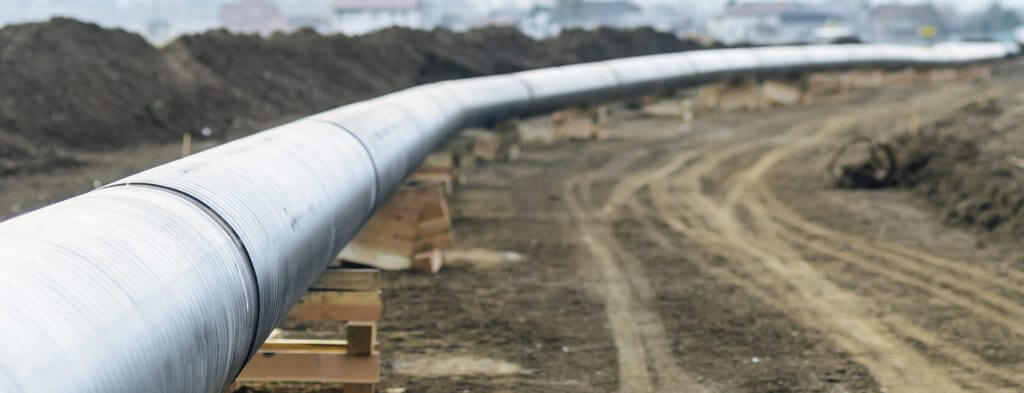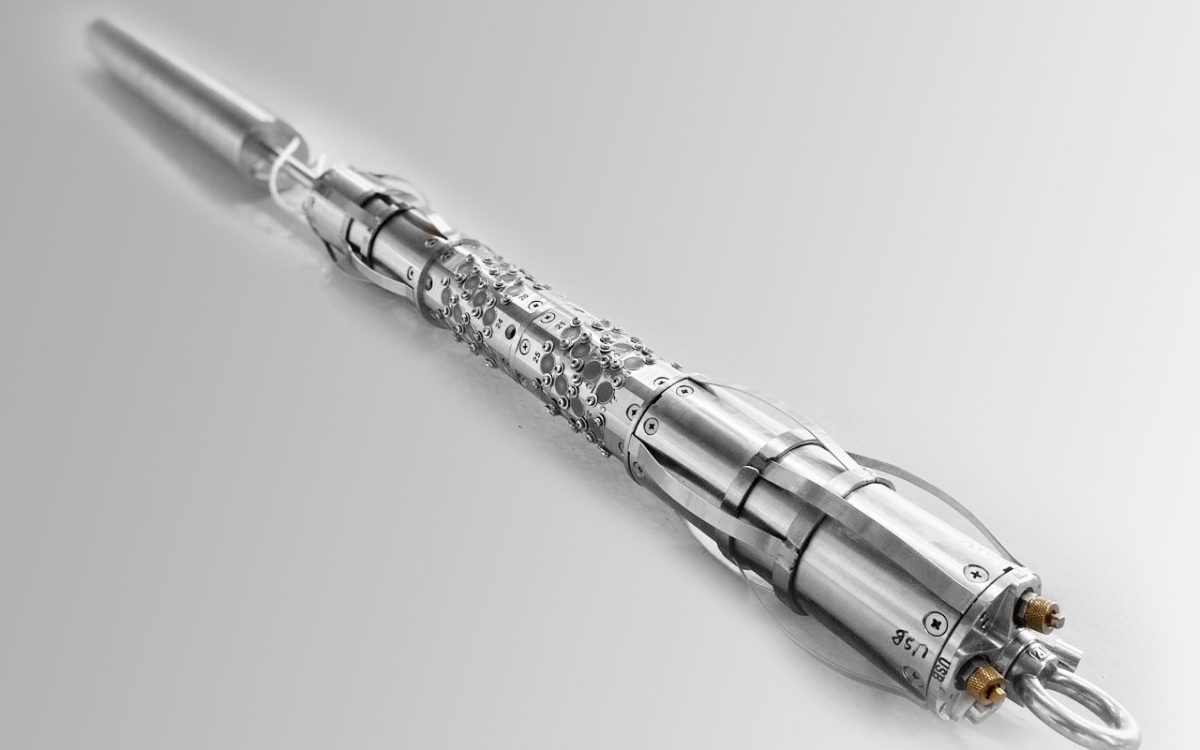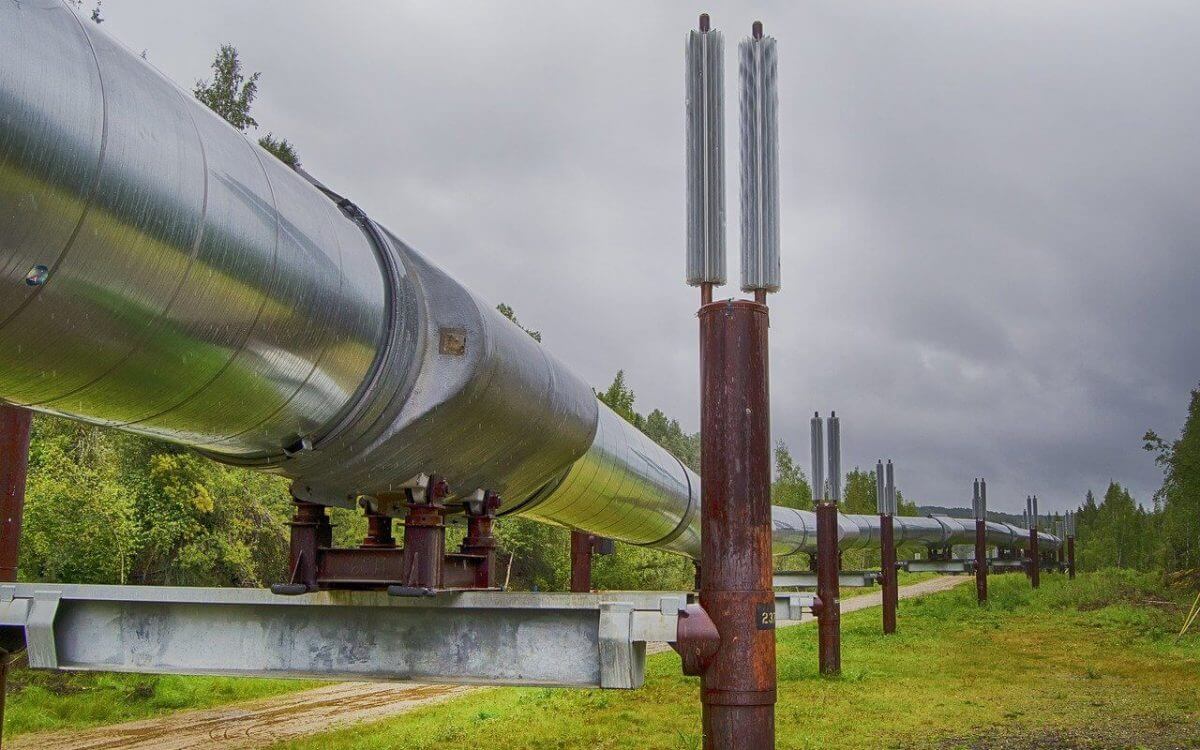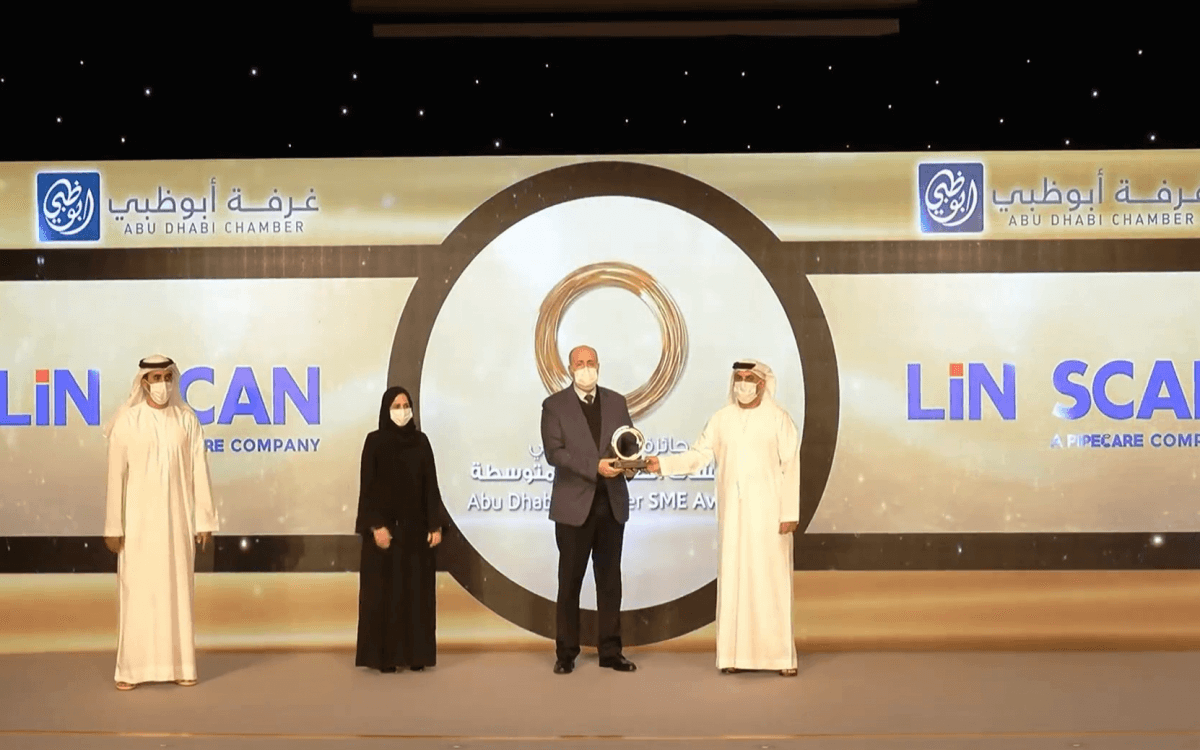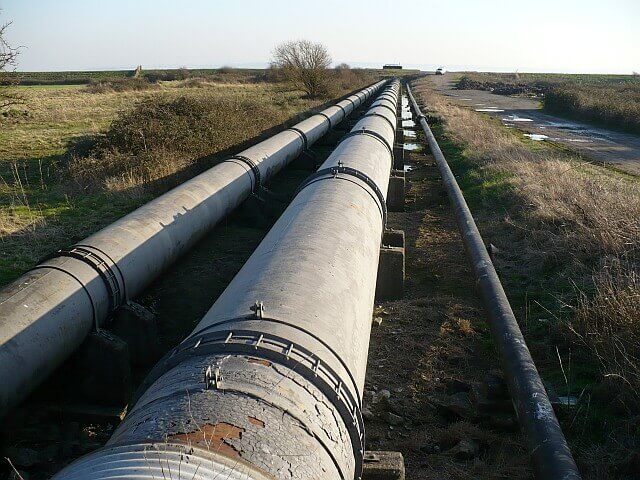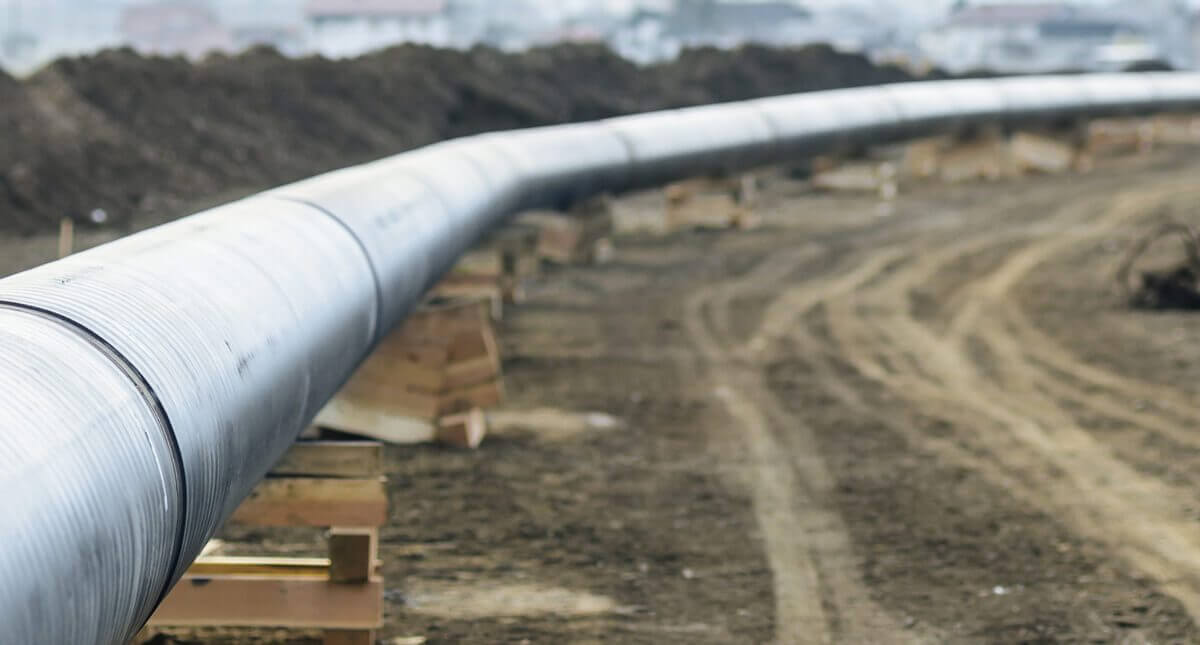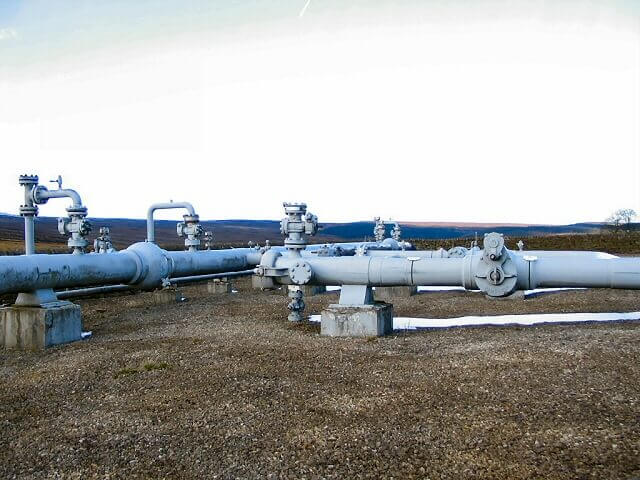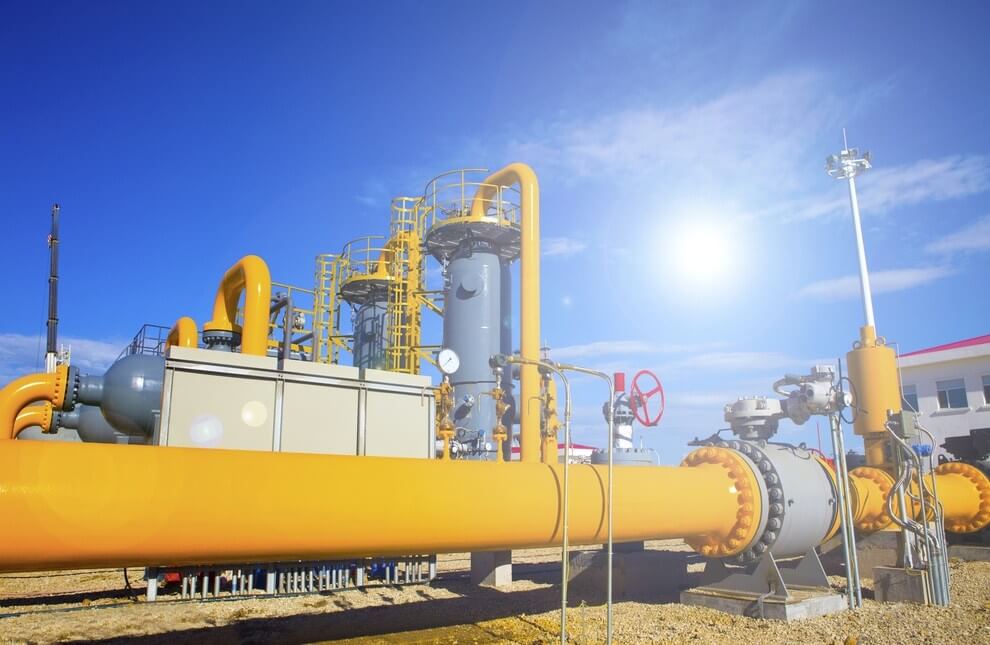Contents
The term refers to the process of evaluating pipes or pipelines using smart ILI tools to measure and analyze cracks, deformation, corrosion, or any other pipeline irregularity. Intelligent ILI tools utilize nondestructive examination procedures to accurately detect and determine the size of internal damage in pipes and metal loss. The in-line inspection technologies are invaluable in the oil and gas industry. They are crucial in pipeline inspection, and most pipeline operators prefer them as they are cost-effective. The different ILI tools will apply to differing conditions since they have their advantages and disadvantages. Nondestructive examination in aerospace, automotive, and oil and gas industries is crucial as it helps to detect flaws in the pipeline and maximize its reliability. The areas that the pipeline inspection company focuses on are the piping systems, pressure vessels, heat exchangers, and storage tanks. Their focus is on;
- Limitations and sensitivity of the NDT method;
- Damage mechanism;
- Location of the anomaly;
- Orientation, size, and shape of the anomaly.
One needs a deep understanding of the modern ILI pipeline technologies to setup, use, and interpret data from the pipeline inspection smart tools. Pipeline inspection requires experience and to ensure that the operators receive the right analysis and recommendations. That way, the operators can adopt new techniques to ensure compliance with the integrity management authorities and for more safety in their business operations. The type of ILI tools depends on pipeline integrity threats, operational features, and physical characteristics.
Methods for In-line Inspection
Here are the two methods of in-line inspection
1. Magnetic flux leakage
Depending on the specific tools, this method is applicable in pipes of a set wall thickness. Prior cleaning of the pipelines before the inspection is advisable. That way, the ILI tool tracking becomes easy, and there are no incidences of debris or obstruction to the ILI tools for accurate data collection.
2. Ultrasonic testing
For more accuracy in inspection, experts recommend the use of this method. It is also easy to mobilize and suitable for heavier walls. Gas presences between the sensors and the wall of the pipeline interfere with the ILI tool of inspection. It requires a liquid medium, and inspecting gas pipes can be a bit challenging. But with the use of high-sealing ILI tools and a liquid slug, it is still possible to inspect gas pipes.
What to consider before pipeline inspection
ILI tool launcher and receiver
A pipeline inspection company has to set up the launcher and receiver of the ILI tool. This inspection is the ultimate process to get data on the condition of the pipeline. Most companies invest in temporal launchers and receivers for use during the inspection. They may later uninstall the launchers till the next inspection date.
Internal coating
Coating inspection can help determine the type of inspection tools to use. Some coating may affect the accuracy of data collection. The bonding method is another consideration to make to ensure there is no interference with data collection.
Line valves
The first step is to check if the line valves are full bore and flappers open before operations start. Failure to do so can damage the valves or the ILI tools.
Internal diameter
It is good to consider the diameter of the pipelines to avoid the ILI tool getting stuck. Where there are different pipe diameters, the inspection may be challenging. Through an intensive pipeline assessment by a professional inspection company expert, pipe ID change may be advisable for successful pipe inspection.
Pressure and temperature limitations
ILI tools operate under a set temperature and pressure. Above the set limit, the equipment for electronic onboard may not function well. The environmental pressure and temperature of the surrounding environment have to be at the optimal limit, or else it will affect the data, analysis, and recommendations.
An ILI specialist can match the signals with the anomalies to give an accurate inspection report. There is a small uncertainty due to accuracy level challenges when detecting the exact metal loss site, understanding repeat errors, and measurements.
Pipeline integrity management is crucial in pipeline maintenance. The rules and regulations set for pipeline transport are to ensure there is no compromise on industry standards. With the help of an inspection company, it becomes easy to gather inspection data and manage natural gas, oil, or any other product that one may wish to transport via pipeline.

